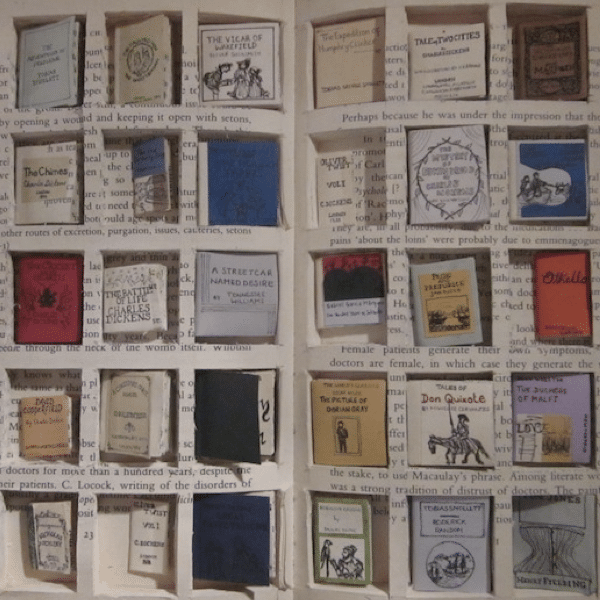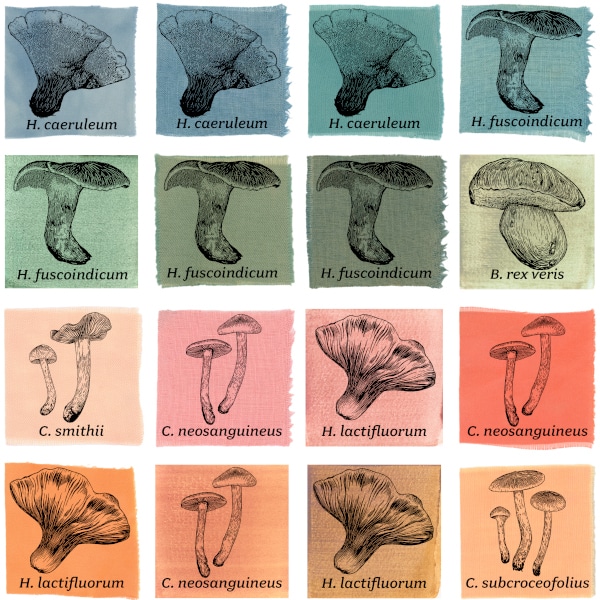As the solar energy trend continues to grow, it's becoming less expensive to produce. This is great for developed nations whose citizens want to decrease their carbon footprint, but it's even better for those living in developing countries. Advances in printed solar cell technology are creating exciting possibilities for the 1.3 billion people who are still left in the dark.
The printed solar cells are paper-thin, flexible, and require only an industrial printer to manufacture. This makes them inexpensive and easy to transport to rural locales. “I've witnessed first-hand how the technology has enabled urban poor communities in India to access off-grid electricity,” says Scott Watkins of Korean firm Kyung-In Synthetic. “Its success is due to its cost effectiveness and simplicity. A 1010 cm solar cell film is enough to generate as much as 10-50 watts per square meter.”
These cells have the potential to be an incredible tool in the fight against poverty. Like many developing technologies, however, there are still some kinks to work out. There's a substantial capital investment that's needed to acquire the industrial printer and replicate the production process. Additionally, the printed panels can be vulnerable to moisture which could lead to chemical contamination. Figuring out the solutions to these obstacles will be worth it, though, because the benefits to developing nations could be tremendous.

via [Inhabitat and SciDev.net]























































































